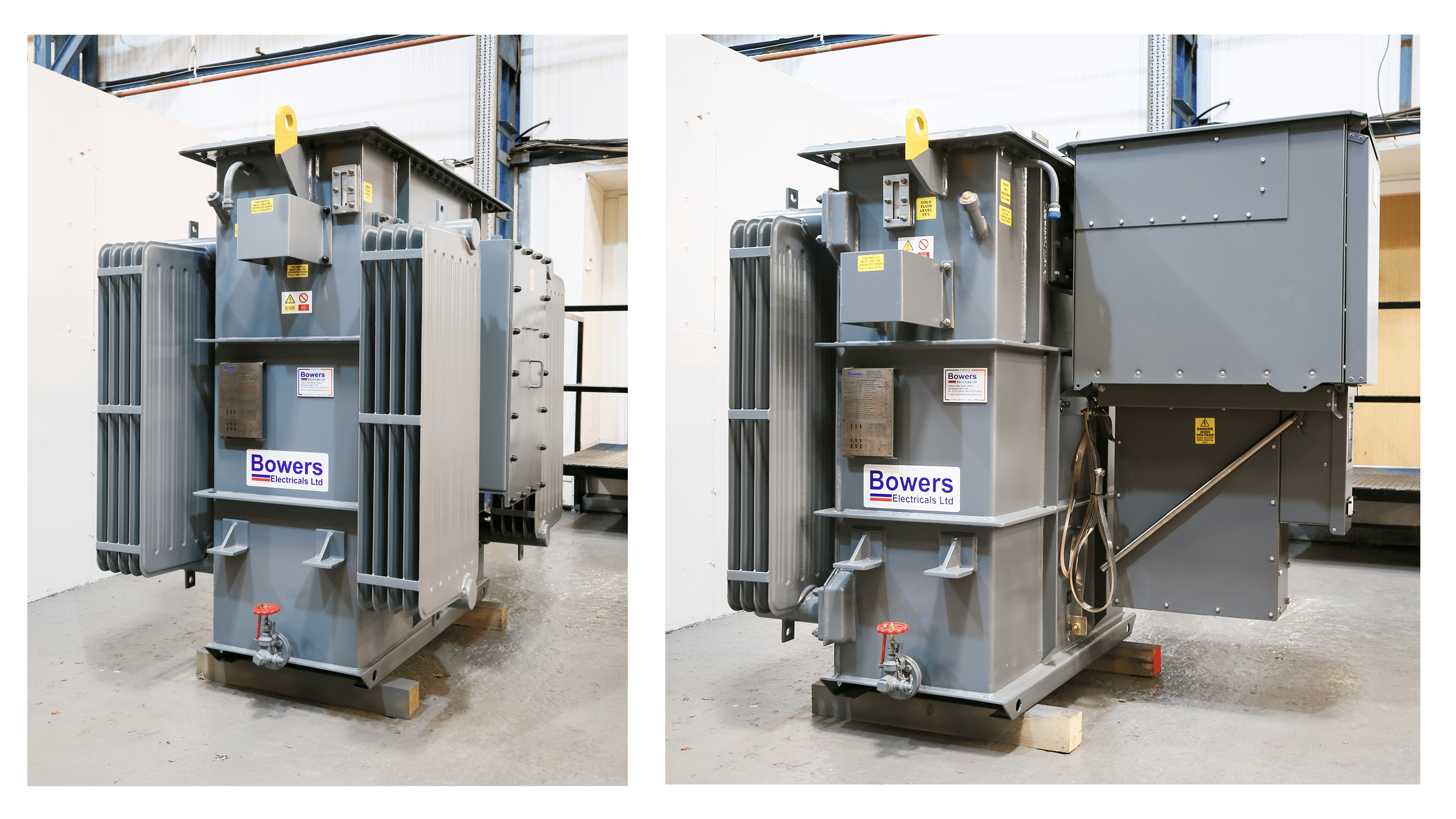A distribution transformer provides the final voltage transformation in the electric power distribution system, stepping down or up the voltage used in the distribution lines to the level used by the customer in their home, businesses, and commercial buildings.
There are various forms of transformers available in the distribution system, such as single-phase, three-phase, pad-mounted, and pole-mounted distribution transformers. These transformers are available in various sizes, insulating oil and efficiencies, to suit project requirements and budgets.
 History
HistoryElectrical transformers trace their lineage to the English scientist and inventor Michael Faraday and his discovery of the law of electromagnetic induction in 1831.
Using Faraday’s Law as their guide, many pioneers made progress toward what became the first truly usable, commercial transformer—usable, at least, in a way that revolutionized people’s lives.
After the discovery of electromagnetic induction, it took nearly half a century to discover the first useful prototype of a transformer. After this, the transformer went through several transformations. In 1881, Lucien Gaulard and John Dixon, from Paris, invented the first commercially successful transformer. And in 1886, William Stanley built a transformer that provided electrification to stores and office spaces.
Transformer ratings are as large as 1100kVA and were produced by the 1980s. Since then, transformer sizes have developed into a wider range, and different core materials have been manufactured.
A single-phase transformer works on a single-phase power supply and contains a single winding on the primary and secondary sides. They are mainly employed in single-phase electrical power networks.
A 3-phase transformer works on a three-phase power supply, and both primary and secondary windings have three sets of windings. This is a more expensive method, and it is applied in the high-voltage power network.
The term ‘Pad mount Transformer’ has become a generic expression for a low kVA ground-mounted transformer with its protection and even switching options. These transformers are connected to underground utility distribution lines.
The pole-mounted transformers are mounted on a power pole at the height of the overhead cables. These transformers are widely used in rural areas, ranging from 16 kVA to 100kVA. They are small in size and easy to mount on single-pole structures.
Transformer losses occur the whole time the transformer is powered. The current flows in a transformer winding and the alternating magnetic field in the core contributes to most transformer losses. Losses can be classified into two categories: copper losses and core losses
Transformer no-load loss is often called core loss or iron loss. The no-load losses in a transformer are primarily caused by losses in the core steel. However, it is the combined losses caused by eddy current, hysteresis, stray eddy current and dielectric losses that make up the no-load losses
The size of the no-load loss is related to factors. These include transformer capacity, magnetic circuit structure, silicon steel sheet quality and depend on the unit loss of iron core material. With the voltage of the power supply being constant, the size of no-load loss remains the same value. You can often find this number on your transformer rating plate.
The losses produced in the core are called no-load losses, meanwhile, the losses associated with the coils are called Load Losses.
Load losses are sometimes referred to as Copper Losses. The term copper losses are used regardless of whether the windings are made of copper or another conductor (typically aluminium). These losses are made up of heat losses and I²R (Current Squared times Resistance) losses. This loss is due to the primary and secondary winding resistance and is directly proportional to load, so if that increases the losses increase.
The European Commission estimates that 2.9% of all energy generated across the EU and the UK is wasted through transformer losses.
In July 2021, the EU Ecodesign regulation came into place which made new regulations for load losses on energy-related products. It aims to reduce the load losses of distribution transformers. Which in turn, will improve energy efficiency, and environmental compatibility and reduce CO2 emissions.
Since its beginnings four generations ago as an electric motor and transformer rewinding business, the Family Run business has moved into the supply of new and refurbished power and distribution transformers, HV and LV switchgear, motors, and all manner of associated products and services.
Still managed day-to-day by the Bowers family that set it up, the company is now part of the Bowers Group of Companies. Bowers offers a full turnkey operation that includes the overhaul, rewind and repair of customers’ property, installation, ongoing service maintenance and expert project management of all developments regardless of size. The team design, supply and install Distribution and Power transformers up to 60MVA at 66kV at its headquarters in Heanor, Derbyshire.
For daily updates on the distribution transformer world you can follow us on Linked In here.